Top speed 480 km/h Length 16 m Manufacturer Beriev | Wingspan 17 m First flight March 3, 1967 | |
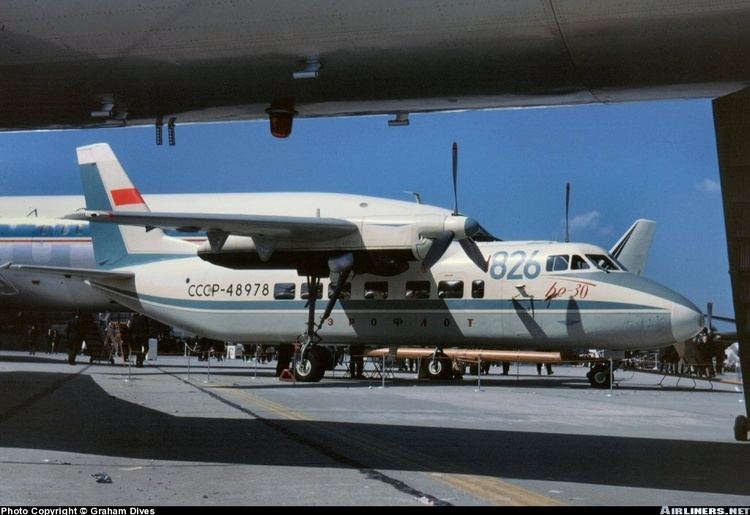 | ||
The Beriev Be-30 (NATO reporting name "Cuff") is a Russian regional airliner and utility transport aircraft designed by the Beriev Design Bureau. It was developed specifically for Aeroflot local service routes using short, grass airstrips. It was also designed to be used in the light transport, aerial survey and air ambulance roles. It competed against the Antonov An-28 and the Czechoslovakian LET-410.
Contents
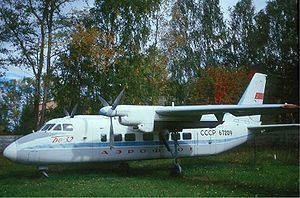
Design and development
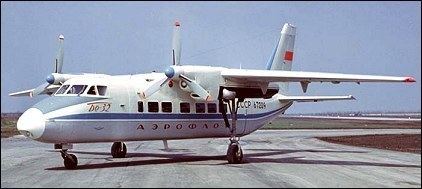
The original design featured interconnected engines, so that in case of one engine failing, the remaining engine could drive both propellers. This feature was not implemented in the production version.
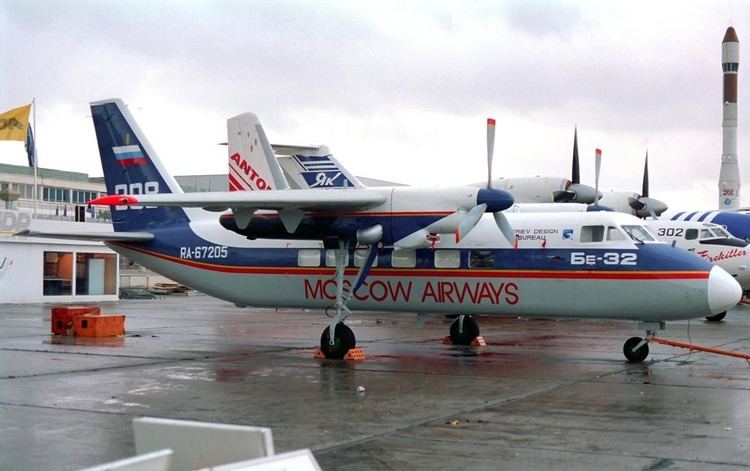
The first prototype flew on 3 March 1967, fitted with Shvetsov ASh-21 piston engines, while the first production prototype flew on 18 July 1968, using more powerful Glushenkov TVD-10 turboprop engines. The first deliveries to Aeroflot were in mid-1969.
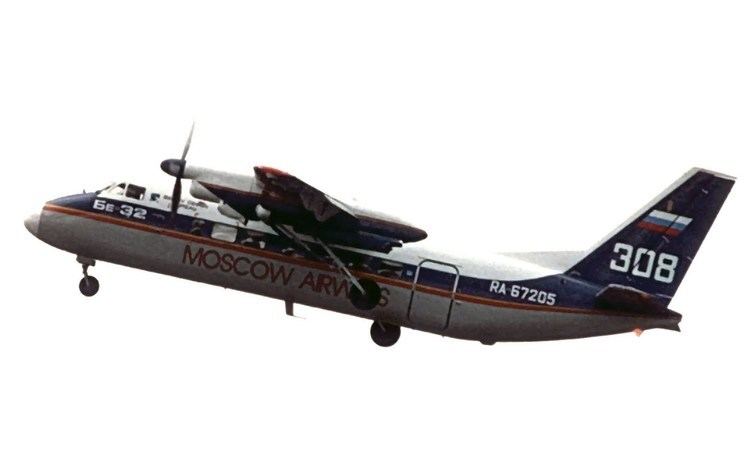
The Be-30 was designed for a flight crew of two with passenger arrangements for 14 (in the Be-30) to a maximum of 17 (in the Be-32) seated two abreast. Corporate shuttle configuration seated seven. The air ambulance configuration could accommodate nine stretcher patients, six seated patients and one medical attendant.
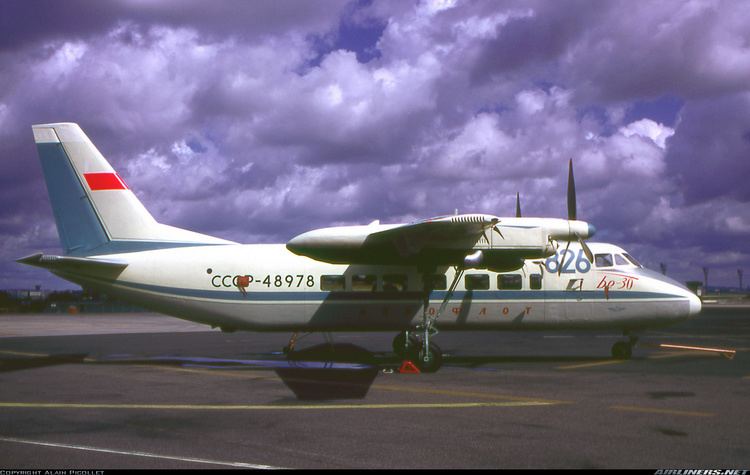
Three Be-30s and five Be-32s were built in the late 1960s before the program was terminated. In the early 1990s one of the original Be-32s was converted to a Be-32K demonstrator and presented at the 1993 Paris and Dubai air shows. It was painted in the colors of the now defunct Moscow Airways which had ordered 50 aircraft but ceased operations before any could be built or delivered.
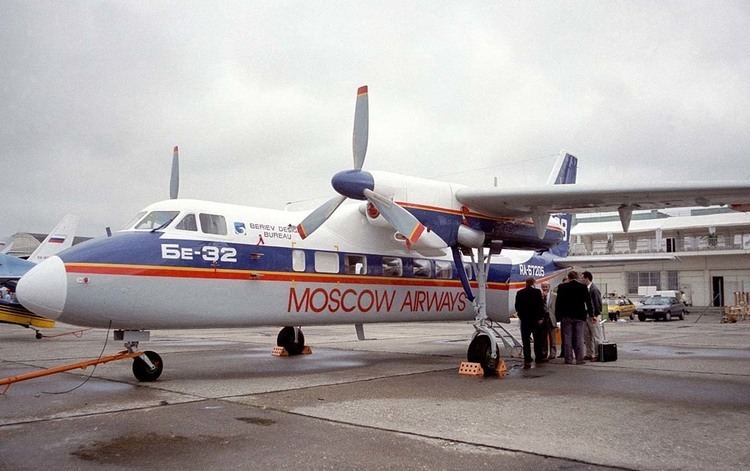
In September 1996 it was announced that the Be-32 would be produced by IAR in Romania, but these plans were later denied. In 1998 it was stated that the Be-32K would be built by Taganrog Aviation, but flight testing was reportedly still under way in 1999. Apparently there has not been much progress in recent years, and as far as is known, no new aircraft have been built since the mid seventies.
Variants
Operators
Specifications (Be-30)
General characteristics
Performance
